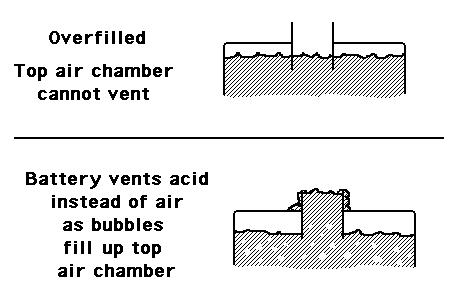phatcreators
Full Member level 5
My new vehicle battery giving off the battery fluid from its vents ?
I think my alternator is over charging the battery ..... How to test that the alternator is not over charging the new battery ?
thank you guys in advance
I think my alternator is over charging the battery ..... How to test that the alternator is not over charging the new battery ?
thank you guys in advance
